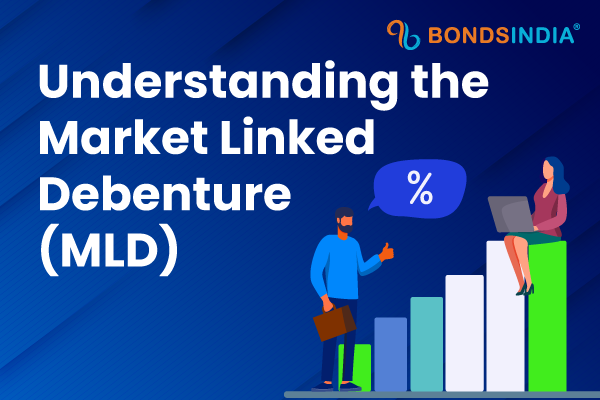The Market Linked Debenture is a type of bond. It’s different from other types of bonds like the Eurobond or Treasuries because it comes with an agreed interest rate that rises in line with the market. This means you can decide when to sell your bond- and if you buy this bond, there’s no risk of default.
What is Market Linked Debenture?
A type of financial security called a market linked debenture (MLD) is tied to the performance of an underlying market index or securities. MLDs are issued by investment companies, commercial banks, and other financial institutions. The performance of the underlying security or index determines how often the securities are adjusted.
MLDs are superior to conventional fixed-income securities in a number of ways. They offer investors exposure to the performance of an underlying security without having to hold the security outright. Additionally, MLDs are typically less expensive than traditional fixed-income securities and may offer better returns during periods of market volatility.
Which of these Market Linked Debentures are the most common?
Market Linked Debentures come in a few different varieties. The most common type is a debenture that pays a fixed interest rate, called a Fixed Rate Debenture (FRD). Another type is a debenture that pays an interest rate linked to the performance of a stock or other security, called an Equity-Linked Debenture (ELD). Finally, there are debentures that pay an interest rate based on the performance of the bond market, called an Index-Linked Debenture (ILD).
What is the difference between MLD and NCD?
There are two types of debt securities: convertible and non-convertible. A convertible debt security has the ability to be exchanged for a predetermined number of common shares of the issuer at a predetermined conversion price. A non-convertible debt security does not have this feature and cannot be exchanged for common shares. Market linked debentures (MLD) are a type of convertible debenture. They are linked to the performance of an underlying market index, such as the S&P/TSX Composite Index or the German DAX Index. This means that if the index goes up, the holders of MLD’s will also see their investments rise in value. If the index goes down, the holders of MLD’s will also lose money. Non-convertible debentures (NCD) are a type of non-convertible debt security. They do not have any link to an underlying market index. NCD’s can only be converted into common shares at a predetermined price, which is usually above the current market price.
Benefits of using Market Linked Debenture
When considering a debenture, investors should be aware of the benefits associated with using a market-linked debenture. These benefits include:
1. Reduced risk. By taking out a market-linked debenture, investors are reducing their chances of experiencing losses due to interest payments and principal repayments.
2. Enhanced liquidity. A market-linked debenture offers investors greater liquidity, which means they can sell the security more quickly and at a higher price.
3. Increased returns. With a market-linked debenture, investors can expect to receive higher returns than they would with a traditional fixed-rate debenture due to the increased potential for capital appreciation
How does it work?
Understanding the market linked debenture is important if you want to invest in a bond issue. The market linked debenture is a type of bond that has two parts: the fixed and the floating part. The fixed part of the bond is the interest rate and the floating part is the term of the bond. The market linked debenture has a triple lock system, which means that investors can be sure that their money will be returned to them at maturity.
How to calculate your Crossover Ratio
Explaination of the Market Linked Debenture
Debt is a critical part of any household budget, but it can be difficult to know when it’s the right time to take on new debt. If you’re considering a market-linked debenture, there are a few things you need to understand first.
Crossover Ratio
One of the most important factors to consider when deciding whether or not to take on market-linked debt is your crossover ratio. Your crossover ratio is simply the percentage of your current income that goes towards paying off your debts. If your ratio is too high, you’ll struggle to afford your payments and may even be forced into bankruptcy. If your ratio is too low, you could end up sacrificing your future financial security in order to pay off your debts now.
The good news is that you can improve your crossover ratio by making smart choices about which debts you take on. For example, if you have high-interest debts like mortgages or car loans, make sure those loans are paid off before you start spending money on other things. And make sure you keep an eye on your credit score so you know if there’s been a change in how much debt financing is available to you.
Conclusion
If you’re thinking about issuing a debt, it’s important to understand the market linked debenture. This type of debt has unique features that can make it a better option for your business. By understanding these features, you can choose the rightdebenture for your company and maximize its potential.
Apart from this, if you want to know about drives private equity to use outsourcing to create value then please visit our Digital Marketing category







